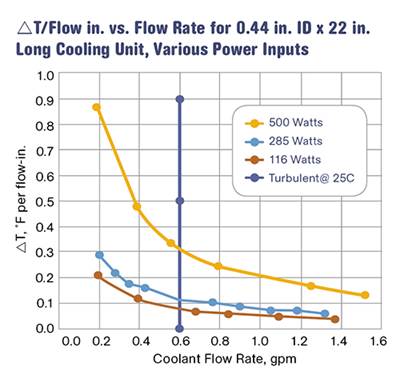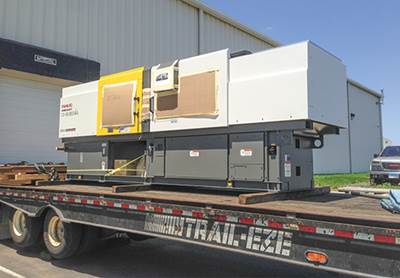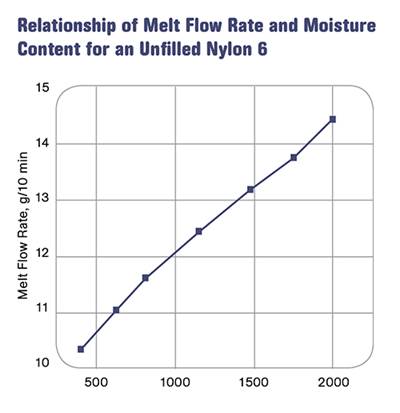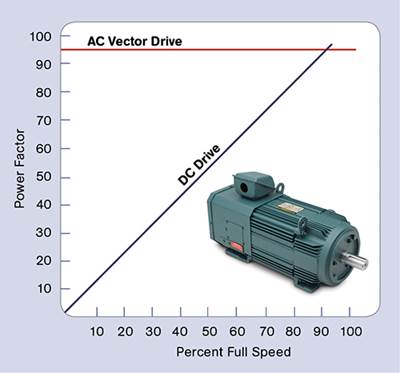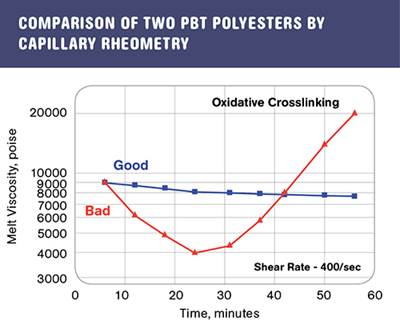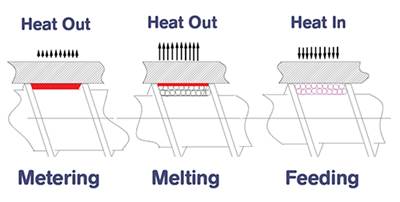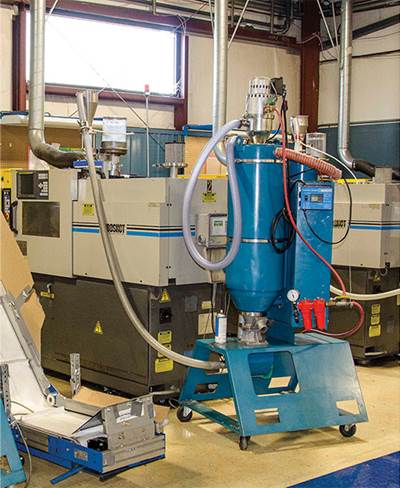Know-How
Leverage Your Cooling Power
You can predict the amount of heat you'll need to remove from parts before ejection with reasonable accuracy if you know polymer thermal properties and certain other rules of thumb.
Read MoreExtruding High-Temperature Resins
Older extrusion lines might not be suitable for processing materials up to 750 F. Here's what you need to know to get started.
Read MoreShutting Down & Starting Up An Injection Molding Machine
Whether your press is going down for repairs, a holiday, or a slow production schedule, proper shut-down and start-up procedures must be followed.
Read MoreMelt Flow Rate Testing–Part 8
Here are the steps to take in cases where the MFR is not provided by the polymer supplier.
Read MoreAC Drives Take Hold
With progress in electronics and the introduction of the flux vector drive using complex control algorithms, AC drives are now equal to or better than DC drives for most applications.
Read MoreTelltale Temperatures
Here's how to get a 'feel' for a screw design without actually seeing it. And how to use this information.
Read MoreHow to Establish an Acceptable Range for Pressure at Transfer
Pressure at transfer tells you the viscosity of the resin, providing the fill time is the same. Monitoring pressure at transfer—or better yet, the integral under the pressure vs. time curve—provides insight into the process.
Read MoreMelt Flow Rate Testing—Part 6
Once degradation has been established, the discussion inevitably turns to how it happened. It might be expected that the answer to this question is widely known. Not so. The good news is that the influences that cause polymer degradation during processing are few.
Read MoreMinimizing Black Specks
Black specks in molded parts are one of the most infuriating problems to resolve on the shop floor. Here's how to fix them.
Read More